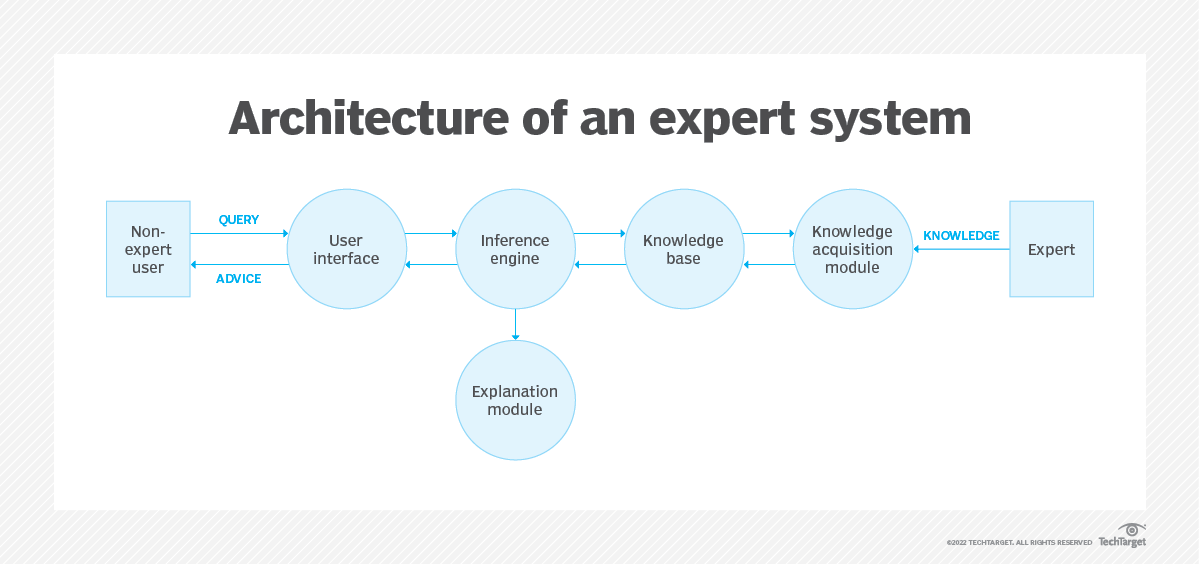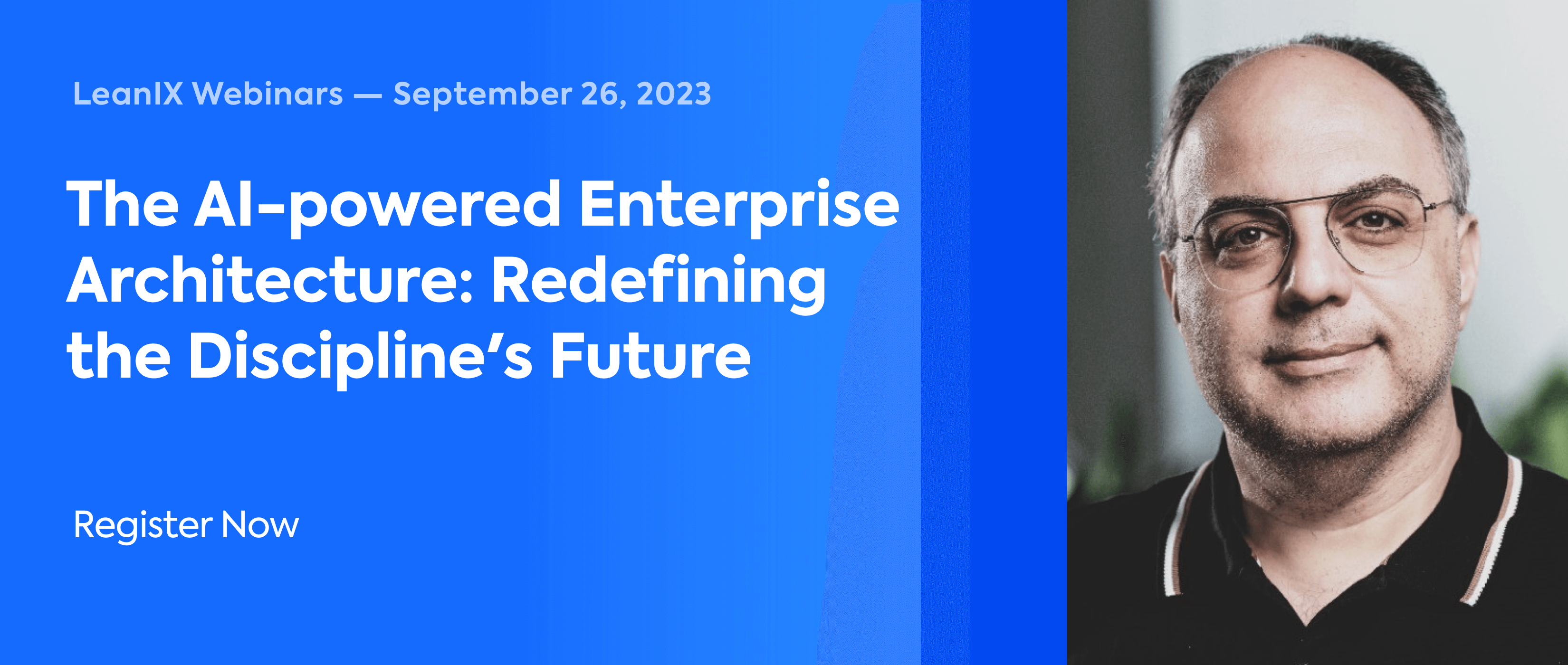.png?width=620&height=324&name=AI-Expert-Systems-Article%20(2).png)
When we first wrote about AI and expert systems a few years ago, we couldn’t have foreseen the rapid evolution that would occur in this space. The pandemic spurred an onslaught of investment in smart technologies that enable businesses to make better, more informed decisions amidst uncertain, fast-changing conditions.
During this time, technologies like cloud computing and IoT also continued to advance, with AI and expert systems emerging as critical tools for maximizing their ROI, turning vast datasets into actionable insights.
Growth in global market size for artificial intelligence software demonstrates how fast it has moved into the business mainstream — revenues earned from AI software have more than tripled since 2018 and are expected to do the same between now and 2025.
Today, artificial intelligence is no longer a bleeding-edge technology. Instead, it’s become an increasingly common element in the business technology mix. AI and expert systems have been embedded into nearly every part of business operations and strategy, from sales forecasting and data analytics to supply chain management and process optimization (to name but a few).
In this article, we’ll explore how companies today use AI and expert systems to become more data-driven, innovative, and forward-thinking than ever before We'll also look at actionable ways you can leverage these technologies in your organization.
Quick Takeaways
- Expert systems are the hardware and software that make AI applicable for organizations.
- These systems have three core components: the knowledge base; the inference engine; and the user interface.
- Real-world applications for expert systems are manifold. A recent and visible example is the use of expert systems to quickly share information about and track the spread of COVID-19.
- Best practices for implementing a new AI expert system include: connecting systems to specific problems and business benefits; educating stakeholders; and building on small successes.
- AI-powered expert systems demonstrate the importance of the human-technology partnership (rather than the tendency for one to replace the other).
AI and Expert Systems: An Overview
Artificial intelligence is the replication of human reasoning by machines. AI-powered systems can evaluate data and draw intelligent conclusions much as a human brain might — except on a much greater scale.
It’s become impossible for humans to manually mine, evaluate, and draw meaning from the vast amounts of data that companies possess. People need AI to transform these massive datasets into insights that can be understood and applied to business decisions. That’s where expert systems come in: they’re the actual hardware or software that make AI applicable for organizations.
There are three primary components to an expert system:
- Knowledge base - This is the data the systems work with. Modern knowledge bases have automation capabilities that curate data from a wide range of relevant internal and external sources.
- Inference engine - The part of the system that applies logical rules (often referred to as algorithms) that pull intelligent insights from the knowledge base based on user queries
- User interface - The means through which users interact with the knowledge base (usually a software platform)

The architecture of an AI-powered expert system includes three primary components: a knowledge base, inference engine, and user interface (source)
Expert systems are typically focused on a single field or business sector, centralizing knowledge in that space for companies to access and leverage.
Expert Systems in the Real World
The list of potential applications for AI-powered expert systems is endless, but they can be categorized into two primary actions:
- Forward chaining uses data to predict future events. Examples across industries include forecasting inventory demand, movement on the stock market, or future crop conditions in particular geographic areas.
- Backward chaining looks at historical data to understand why something occurred. Two common examples are medical diagnostics or troubleshooting complex technical issues in hardware and software systems.
The COVID-19 pandemic, for example, gave expert systems the chance to demonstrate the value of their fast-response capabilities. They were utilized for everything from diagnostics to tracking the spread of the virus to monitoring potential impacts on market activity.
A centralized knowledge base (for example, the Clinical Research Navigator for COVID-19 data) has provided a single source of truth for millions of contributors (in this case, doctors, government response organizations, healthcare systems, and more) to apply to a variety of scenarios and pressing questions involved in the pandemic response.
6 Tips for Successful Implementation of Expert Systems
Clearly identify the problem(s) you’re solving
Expert systems are typically built for specific fields, and they’re often designed to address specific challenges (e.g., business intelligence, diagnostics, financial projections, weather forecasting, and so on). When vetting potential AI-powered expert system providers, make sure they can adequately support the capabilities you seek to cultivate.
Focus on business value
Even the best technologies should never be adopted simply for their own sake. Your technology investments — expert systems included — should add real business value in the form of quantifiable and qualifiable results.
If you’re looking to adopt an expert system, think from the start about why you need one and how you can maximize its ROI. Consider all potential use cases, stakeholders, and internal benefits to help you justify the investment and choose the best-fit solution for your business.
Educate your leaders and stakeholders
Every stakeholder at your organization — from the leaders who approve an expert system purchase to the employees who will use it day-to-day — needs education to drive buy in.
As a champion for incorporating AI expert systems into your business strategy, think about the best ways to get the relevant people at your organization invested in their adoption and success. This typically requires communicating role- and department-specific benefits that demonstrate how the solution will yield concrete results for teams and individuals.
Start small and build on success
AI expert systems have transformative potential, but this transformation won't happen overnight. Identify pilot projects and smaller initiatives you can implement to build confidence and troubleshoot through the inevitable growing pains that come with new technology adoption.
Once you have some solid successes under your belt, it’s time to expand access and take on larger and/or more visible initiatives.
AI and Humans: Better Together
Much is said about the potential for AI to replace humans at work, and certainly there’s some truth to the predictions in this area. Tasks that previously required manual labor are now being automated at a rapid pace and AI has even begun to show real promise in a number of creative applications.
But AI and expert systems show that the real power lies in a partnership between technology and human beings focused on solving problems and informing business decisions. For example, using AI to guide customer service reps with next best actions is revolutionizing that discipline. Where do you think humans could most benefit from expert AI assistance in your organization or even in your products?
Over to You
The LeanIX platform can help you establish superior data governance so that you can optimize your data as a living resource for business intelligence.
Learn more about our solutions or schedule your demo today!



